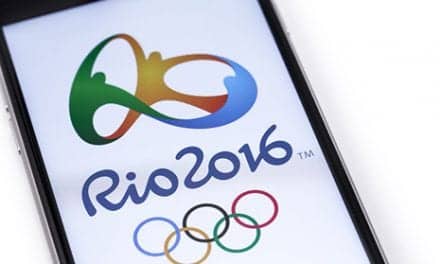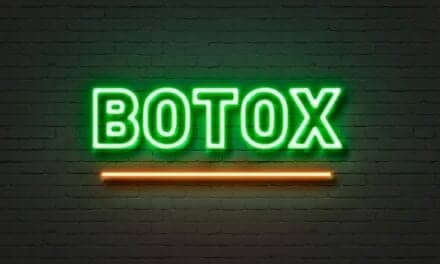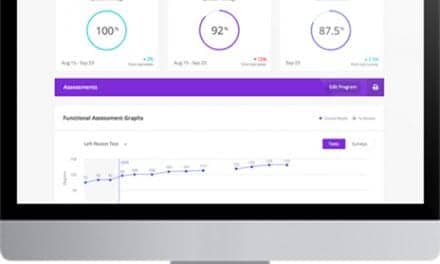The virtual reality (VR) system Serious Game may help children with cerebral palsy and other neurological impairments rehabilitate their upper limbs, suggests a study conducted by a team of Italian researchers who developed the system.
The study, published recently in IEEE Transactions on Neural Systems and Rehabilitation Engineering, examined Serious Game, which is composed of a virtual reality camera mounted to the head and two wearable haptic devices placed on two fingers.
In their study, the team investigated the usability of this rehabilitation system in three patients with cerebral palsy and five patients with developmental dyspraxia—a disorder characterized by the impairment of the ability to plan and carry out sensory and motor tasks. The mean age of participants in this group was 10.13 years, according to a news story from Cerebral Palsy News Today.
Typically developing children, with a mean age of 13.38 years, and adults, with a mean age of 26.75 years, also were included in the study.
The participants were divided into two groups: one assisted by the Serious Game technology and another undergoing conventional neurocognitive rehabilitation therapy. Both conditions required movements involving similar motor functions, such as reaching, grasping, and rotating both forearms and hands, but with different tasks and goals in various contexts.
The children attended 16 training sessions of two sessions per week for 4 weeks, over two separate periods. Between the two interventions, a washout period of 4 weeks was added in which children followed only cognitive therapy with no physical sessions.
The children’s exercise capacity was measured using validated clinical scales and motion analysis, the news story continues.
Typically developing children were eager to complete the assigned task even though they were instructed to execute the session with attention and without rushing, while the adults, cerebral palsy, and developmental dyspraxia groups seemed to pay greater attention to precisely performing motor tasks.
The accuracy and velocity of movement were only different between typically developing children and neuromotor patients in the reach-to-grasp exercise, in which children were asked to flip a card protruding from a horizontal support. No significant differences were observed in the path-tracking task, in which children were seated in front of a desk and asked to reach a target by moving the hand along a straight path, the story explains.
Children with neurological disorders completed the game without exceeding the maximum time threshold imposed. Also, these children reported positive feedback after participating in the Serious Game.
The results of virtual reality were consistent with the participants’ motor skills. Overall, the cerebral palsy and developmental dyspraxia group had lower performance than typically developing children and adults, while in turn, the typically developing children had lower performance than adults.
“Results show the system was compliant with different levels of motor skills and allowed patients to complete the experimental rehabilitation session, with performance varying according to the expected motor abilities of the different groups,” researchers wrote, in the study.
“The ability both to customize the modalities of interaction with the virtual environment and, in the same time, to arise motivation in young participants have revealed virtual reality as a potentially important rehabilitation tool in these children,” they add, per the news story.
In the future, the team plans to study this approach in a larger population.
[Source: Cerebral Palsy News Today]





